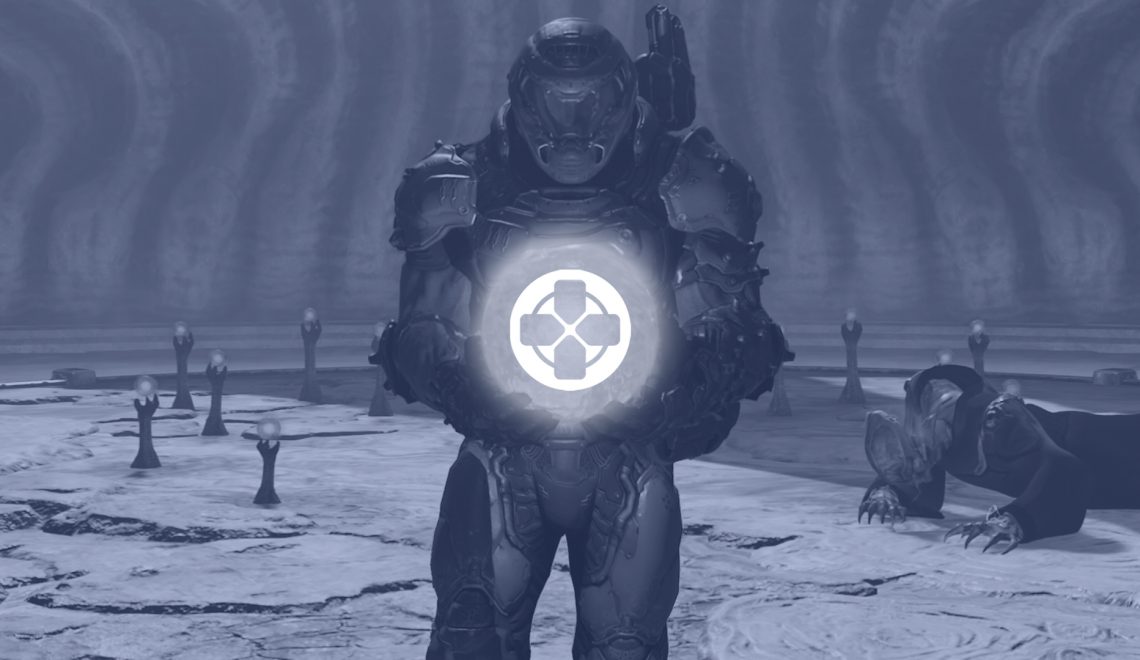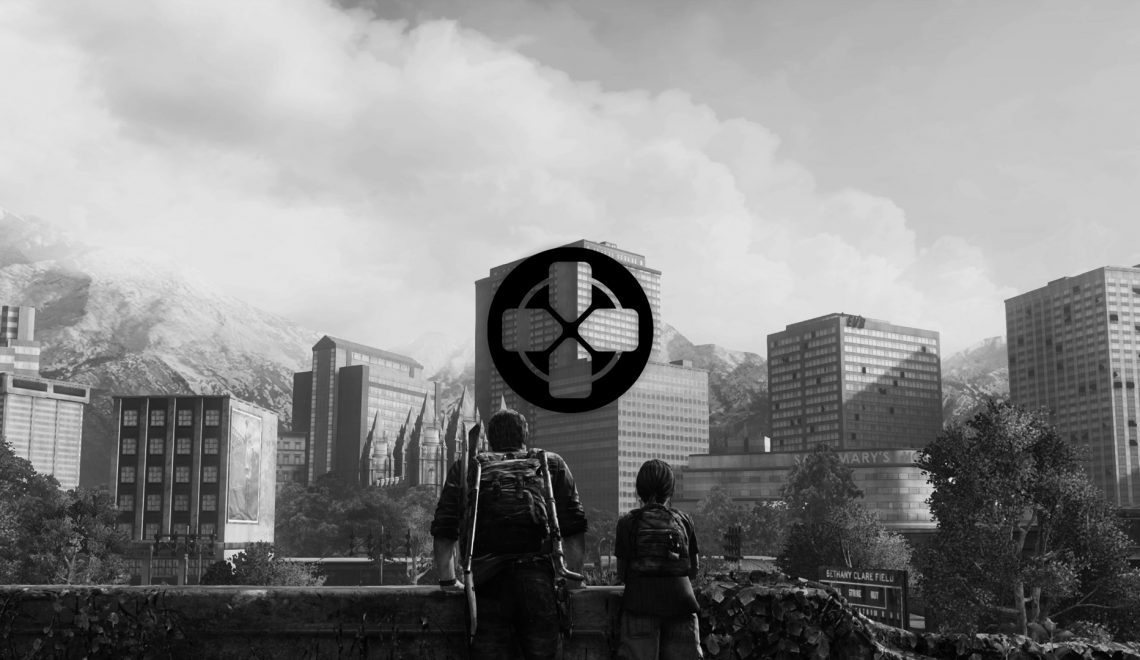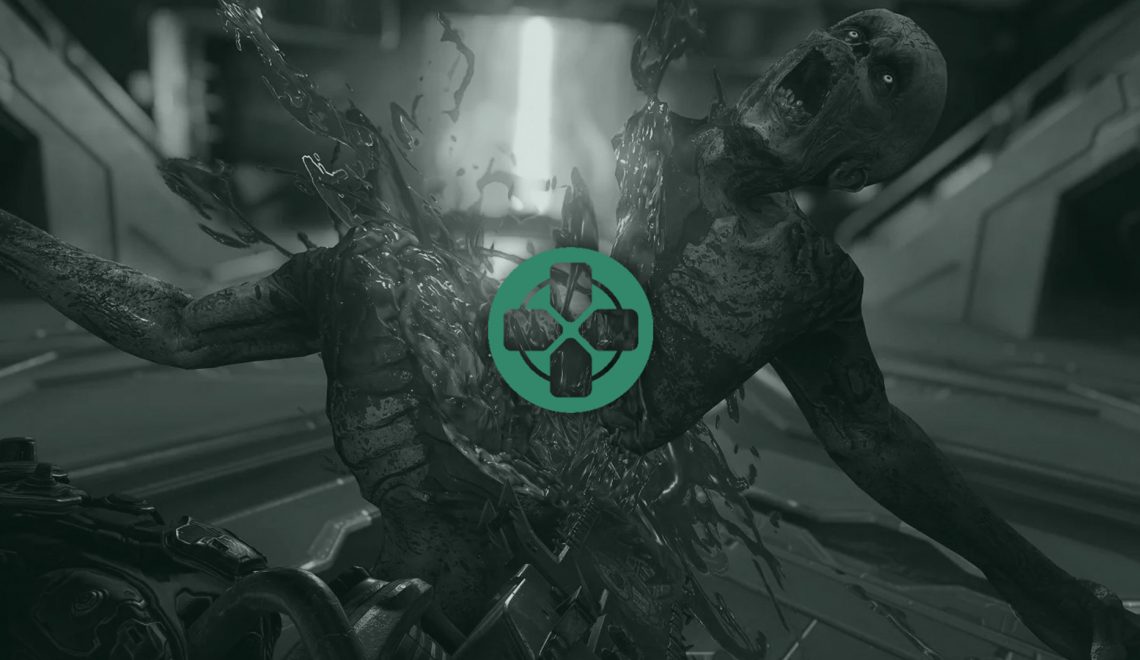If you’re meeting a potential client or applying for a pivotal job, you’ve probably had someone tell you there are no second chances for a first impression. It’s one of those canned adages we roll our eyes at, but sometimes the most prominent clichés never lose their relevance. Anyone can tell you that these moments of first contact can change the course of history. An inconsequential one-off could spell the difference between a stranger remaining just that or becoming a lifelong friend. Some of your pals might have never known you if you hadn’t coincidentally met them at a certain place during a certain time while acting a certain way and saying certain things.
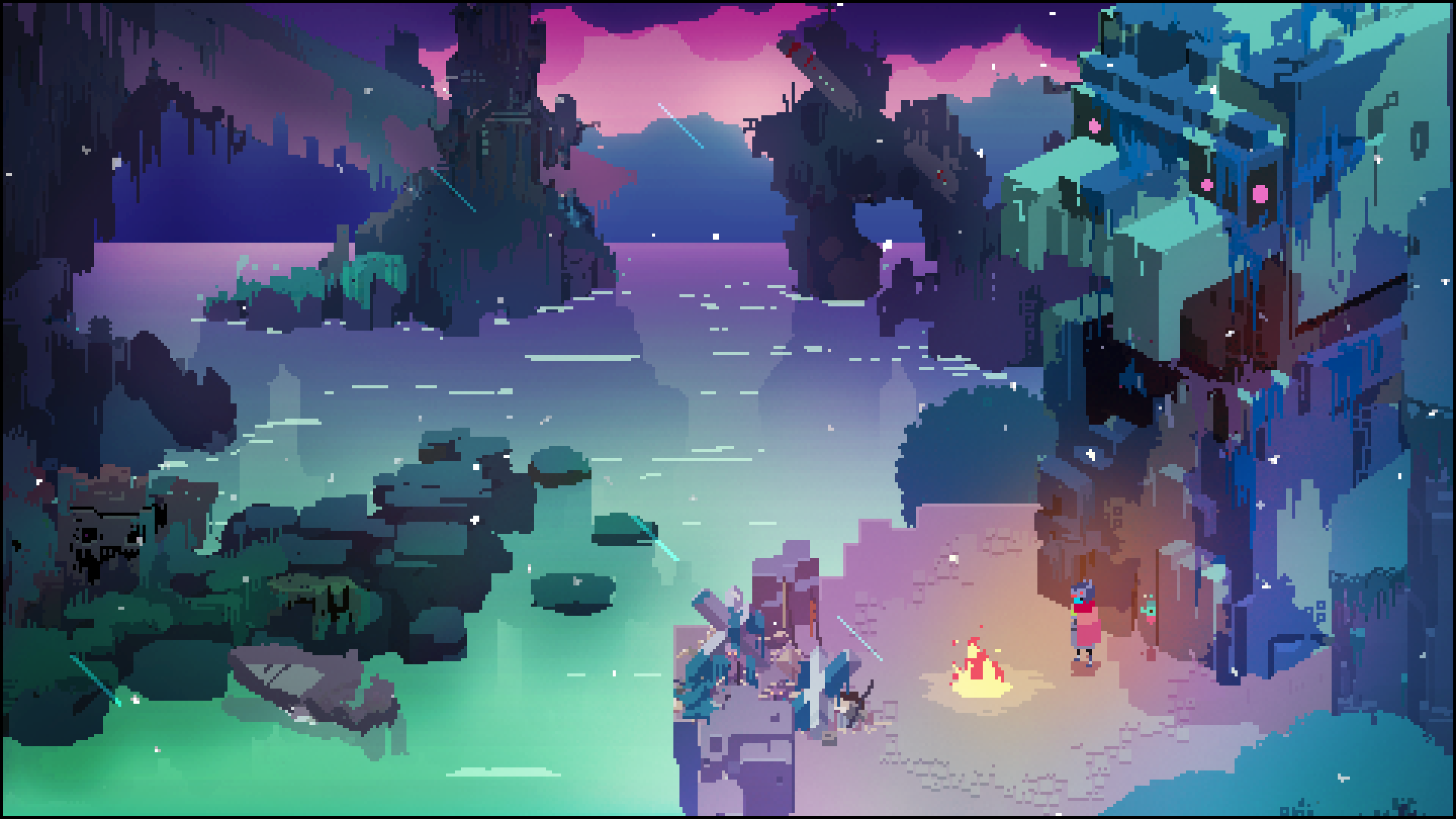
This is what you see as soon as you start playing. What’s the first word that comes to your mind?
First impressions are more important than we give them credit for, and that can surely go for how they impact what video games we play. By word of mouth or one trailer we come across, a game might happen to pique our interest this way, but then it has to jump the tall hurdle of drawing you in for the first couple of hours. Why do you think gamers implore others to “persevere through a slow premise” or “deal with some boring gameplay” to get to the good stuff? First impressions might cause you to miss the forest for the trees. But you have to cut through those trees blocking you from a lovely trail; you have to resist retreating from a potentially good journey. It’s like the irresistible pull that Bilbo Baggins experienced after he declined to accompany Gandalf and the dwarves in reclaiming The Lonely Mountain. Despite his reservations, he felt, apart from being goaded, a call inside him to just…go.
Hyper Light Drifter doesn’t prompt this initial reaction. Right from the introduction, you’ll encounter unforgettable views of its world of neon and decay. Fantastical yet foreboding, you can sense the apprehension lying ahead, but it’s of a good sort that sparks fire within your chest. You’re going on an adventure. That’s what pulls you in.
To Wander In Wonder
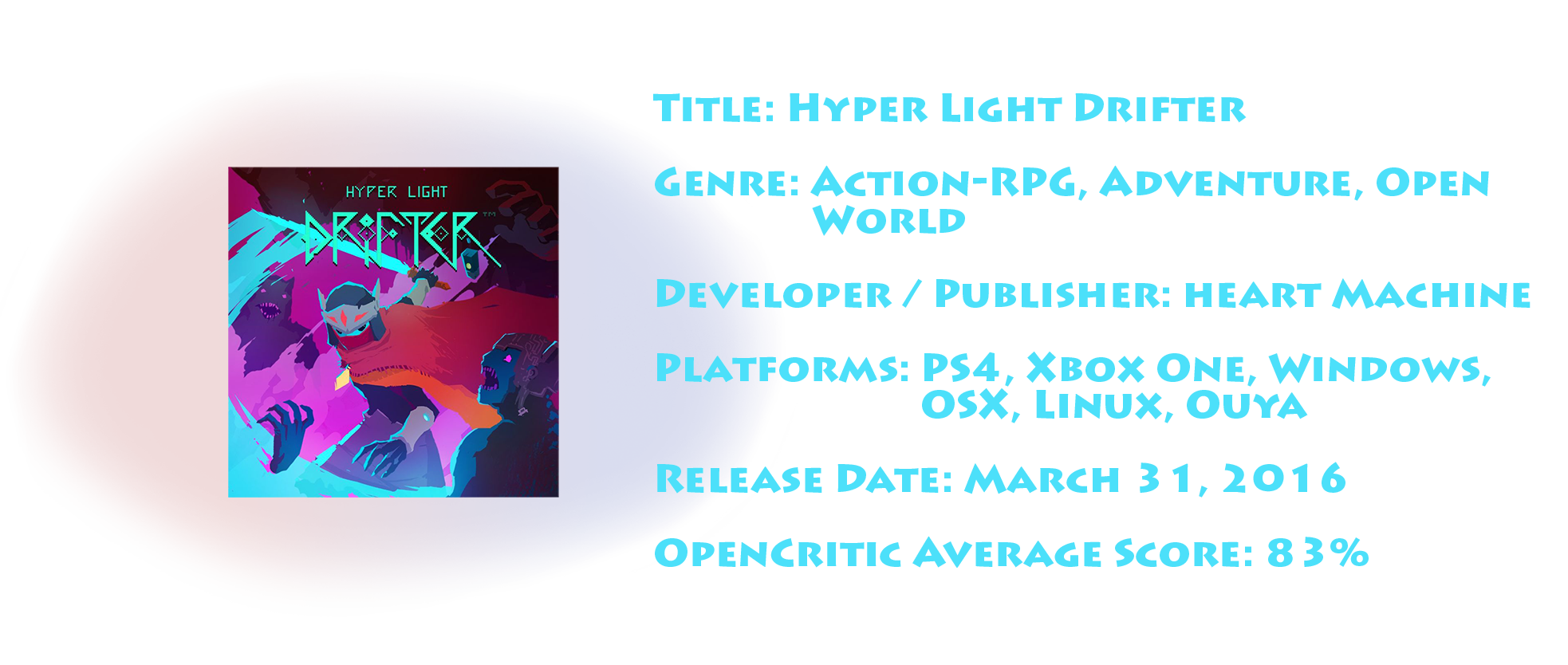
YouTube Version At The End
One of the most fascinating aspects of Hyper Light Drifter is that there’s no legible text or dialogue. When it comes to story details, character backstories, and ability descriptions, their meanings must be inferred through deciphering the game’s purely visual language. Just as viewers of a painting astutely discern its meanings from the placement, colors, juxtaposition, and composition of elements, the same principle applies to Heart Machine’s expressive silence. Not much is explicitly said or written, but there’s much to take in here.
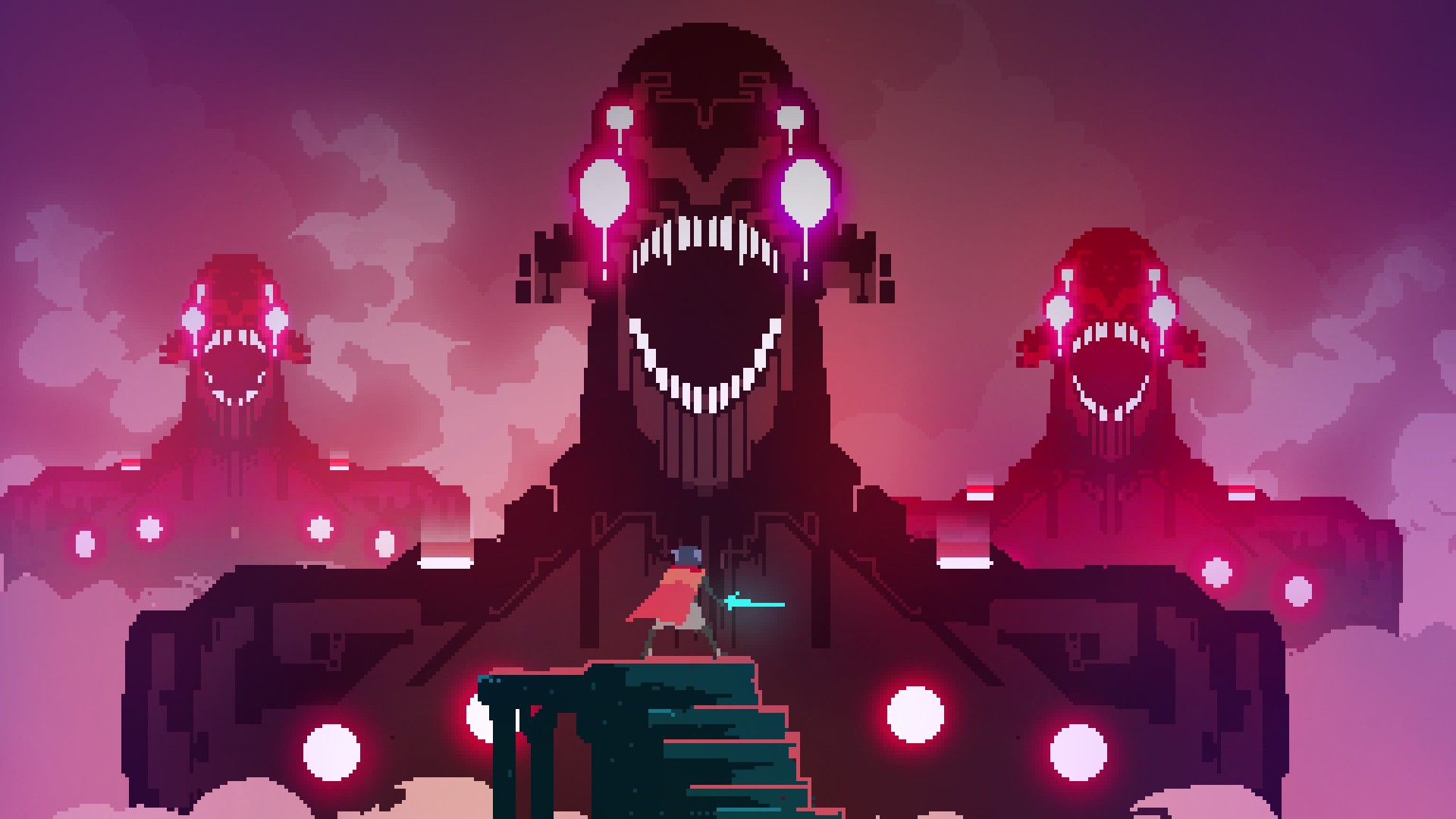
A glimpse of the devastation to come should the Drifter fail to stop “Judgment,” the name of the darkness plaguing this world.
You’re a nomadic Drifter stricken with a deathly illness. He lives in a broken world that has undergone a widespread fallout, though traces of its exotic beauty remain. You’re here to heal these lands and yourself from a demonic plague behind both of these maladies. As you explore, you’ll find deceased giants, abandoned settlements, strange technologies, and a black jackal that follows you around. Is the dog a friend or foe? Who are you? What is this dark presence that has infected everything? Why are you going around activating these nodes that slowly unlock a gateway underground? You aren’t meant to clearly understand your objectives or the premise. They can be understood through intensive study, but the ambiguity is purposeful and powerful. The game is designed to encourage personal interpretation, just as From Software, Playdead, and genDESIGN are well known for doing with their own pursuits.
However, too much obfuscation can be detrimental to particular experiences, and this is one example that doesn’t surface unscathed from its narrative delivery. One would think extensive exploration would reveal more clues to the world outside of the primary progression, but you’re frustratingly left with more questions, such as with these ancient tablets you’ll discover that have a language of their own. There are other lingering questions beyond the ending, and while I did say much can be inferred, a casual approach will offer little to no concrete revelations. Regardless, you can’t help but invest yourself in paying close attention to every piece of scenery and the pictorial tales told by others that contribute to Hyper Light Drifter’s curiously cryptic story.

With as few as four pictures, Heart Machine crafts telling art that reveals the depravity and dark pasts of its denizens.
So yes, you’ll be doing a lot of looking, and it helps that the game’s a looker. From stone ruins amongst a rainy, autumn forest to a white Atlantean city built atop crystal blue waters, I want to live inside this world. I’d prefer it pre-apocalypse, but I’d take on all its dangers otherwise. It glows with an excellent palette of bright and subdued colors. Heart Machine has an impeccable command over lighting, contrast, and scale, which instill specific emotions when you come vis-à-vis with a giant’s corpse or descend into a dark dungeon. This is doubly impressive considering the pixelated art style, and the game’s screen (and parallax) scrolling is so smooth that – I kid you not – I thought the game was running in 60fps for a while. The anthropomorphic character designs are nice enough for various NPCs, but it’s the environments that ooze personality. Even the snazzy, TRON-esque UI and menus are satisfying to watch as you confirm selections and find upgrade nodes that blink into your collection. And you know what? Just as the visuals are intimately related to the story’s impact, the same can be said of the visuals to the sound design.
Those UI and menus are complemented by excellent sound effects. In this world, tech is akin to the retro sci-fi equipment in the original Star Wars trilogy: scrapped together and rough around the edges, so it’s appropriate that it sound hard and heavy, even with its partially 16-bit style. The whack of the Drifter’s hard light sword, the whoosh of his dash followed by sliding to a halt, the slow, oddly haunting activation of a primary node as you pull its lever to partly unlock that gateway…the game has distinct aural vibes, and the music is a key reason behind this. The composer of FEZ and It Follows, Richard Vreeland (better known as Disasterpiece), couldn’t have been a better pick. His proclivity for atmospheric and sparse tracks is on full display with his 16-bit library and synthesizers, occasionally mixed with real instrumentation like the piano and guitar. It’s surprisingly minimalist, which may bore some, but I find the soundtrack profoundly reflective and melancholy, speaking for the game’s encompassing themes. I rarely listen to video game scores more than a couple of times, but Disasterpiece’s work has yet to leave the cycle of music I listen to while reading, studying, etc.
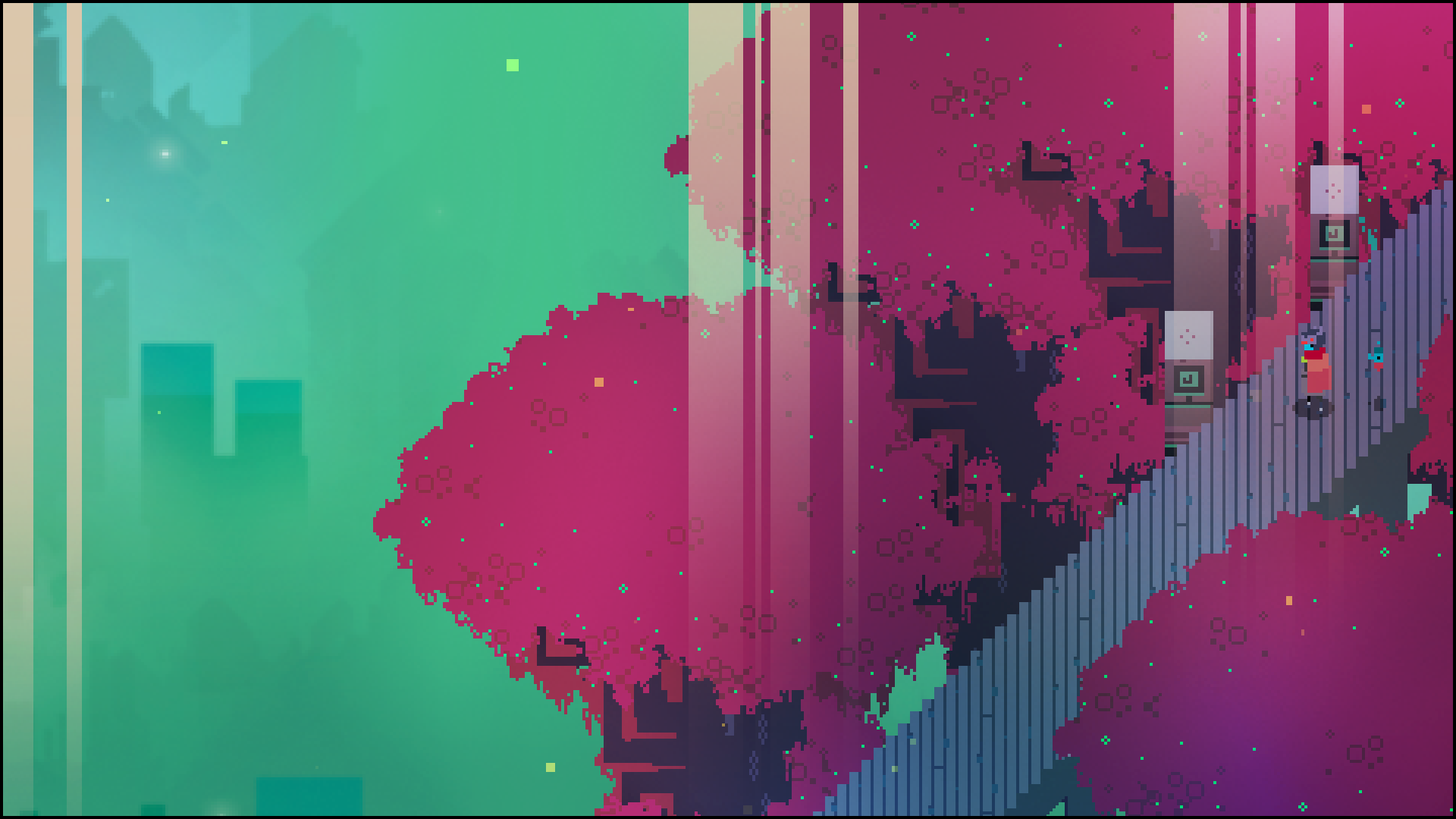
This is one of several moments where I had to stop and appreciate what I was walking through. This staircase ascending through these vibrant trees? Gorgeous.
What of the gameplay? It’s a top-down action-RPG that’s like a faster, slightly more unforgiving Bastion. Combat is centered around using your sword to hack and slash enemies while avoiding their advances with well-timed dodges. Whittling down their health with a growing gun arsenal adds wrinkles to how and when you position yourself strategically, and that’s not including secondary abilities like chaining dodges, deflecting projectiles, tossing grenades, or charging up a simple slash to a sweeping strike. It’s a simple system that becomes more sophisticated as you master it, but I don’t sympathize with most critics in regards to the difficulty.
I was surprised by the ease of defeating some bosses, which I was able to vanquish in three attempts on average. Overwhelming groups of enemies is where most of the challenge lies, which tested the limits of my reflexes and observational skills on occasion. These encounters fully reveal just how snappy and responsive the controls are in execution. Hyper Light Drifter feels good because, like Dark Souls, I rarely felt like I was cheated. Whenever I was hit, I could directly attribute these missteps to my own impatience and ineptitude. You’re not only supposed to be fast, but also restrained by stringing together moves intelligently. Does this overall design philosophy provide a brutal experience emulating the aforementioned death simulator? No, but the same type of tough fairness is here. I believe the game’s manageable yet challenging enough as long as you’re attuned to the flow of the game’s ever-pleasing gameplay, which has a solid assortment of foes and bosses to keep things interesting.
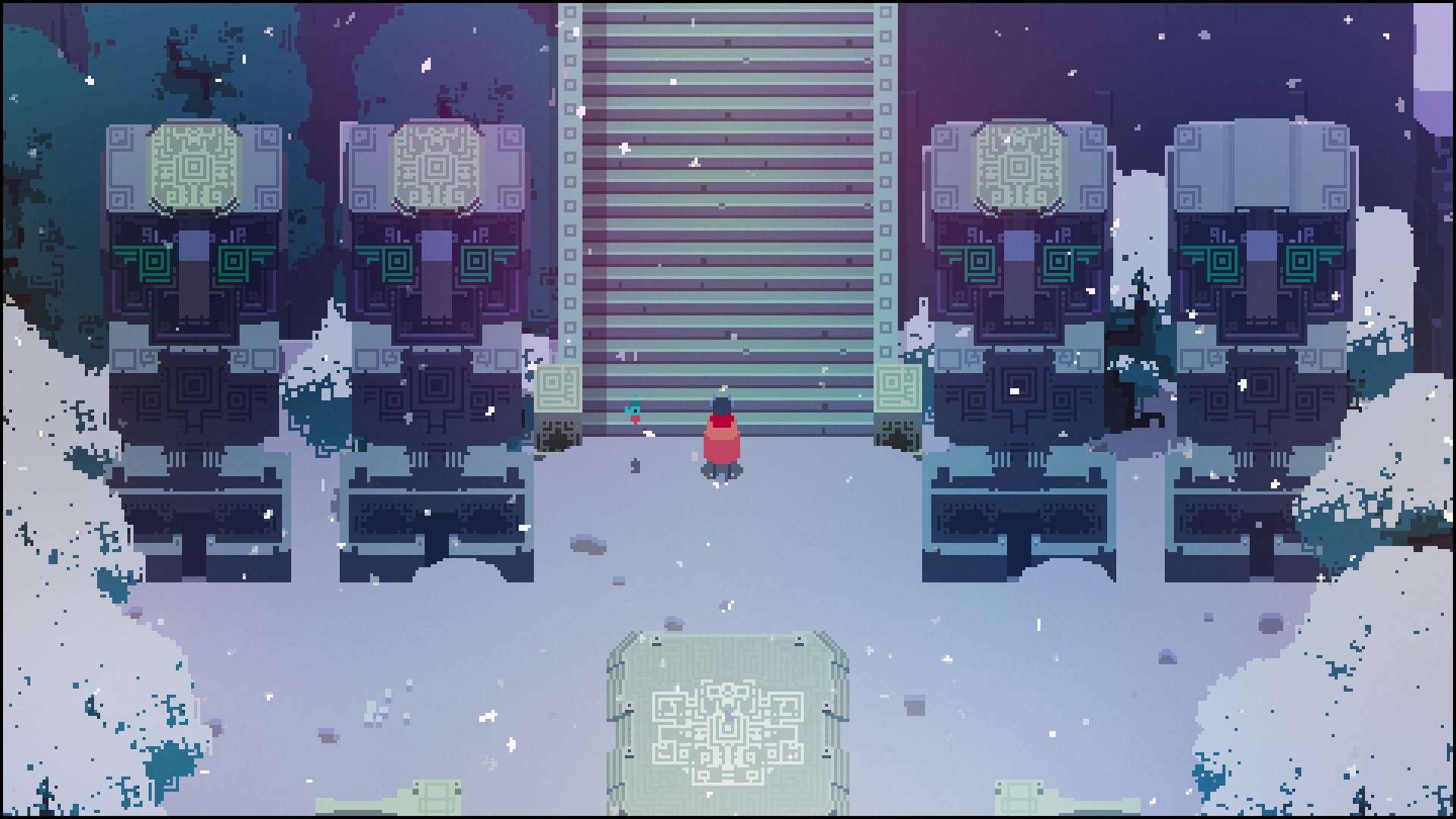
Shoot ’em in the back. Phase through a swing. Lunge forward and strike when he’s open. You’ve got to be quick and merciless.
To heighten your proficiency with those upgrades, it pays to examine every nook and cranny of the giant open world. However, you’ll still overlook secret areas and cleverly concealed items that will baffle you upon looking them up in walkthroughs. You won’t want to though. I couldn’t resist the urge to search for invisible pathways and feel my way around seemingly sealed-off walls for a hidden door on my own. Some of this stuff can get a bit ridiculous, but as a whole, Heart Machine should be applauded for crafting a cohesive, complex world packed to the brim. It captures much of the allure of its biggest inspiration, The Legend of Zelda: A Link To The Past, by balancing player agency with open exploration without overwhelming those looking for subtle signposting.
That’s good level design that’s hard to come by, but by dropping you within a city hub surrounded by sectors in the north, south, east, and west that can be taken on in different orders, Hyper Light Drifter gives you freedom while retaining semblances of linearity. And since you can veer off the beaten path to engage optional dungeons, my quest for the unknown was exhilarating; I adored the different challenges they posed in their level design with some tricky platforming and enemy groups. Even now, I feel the urge to go back and figure out what stones I left unturned.

It takes three yellow nodes to upgrade your dash to chain. Other shopkeepers will have you searching everywhere to increase your health, energy (for weapon usage), etc.
The game sits at eight hours if you decide to rush through it. Should you desire to get lost along the way, that will add another four hours, which is why you’re sure to get 10-12 hours out of it. It feels a tad shorter than I would’ve liked as another section would’ve greatly benefited the length for a perfectly appropriate playtime. Even still, I thoroughly enjoyed what’s here and would venture into NG+ to explore the world and its deeper secrets with narrowed eyes. With less health, it would also be a definite challenge appropriately comparable to Miyazaki’s Souls series.
Conclusion
I’ve heard it said that some of the highest works of art arise from the lowest of times in a creator’s life. Depression, anxiety, fear…these are a handful of struggles mentally embedded in us or ones that arise from other circumstances. Heart Machine’s lead creator, Alex Preston, is an example of the latter as someone afflicted with congenital heart disease. I can understand where he comes from as I’ve personally witnessed a similar suffering in another. But like this loved one, Preston demonstrates that good can still come from afflictions like these, and for him, it takes the form of Hyper Light Drifter. It imaginatively exudes his personal ruminations on loneliness, pain, and temporality across its story, visuals, and audio. However, silver linings of beauty and perseverance can be found between the dark lines of its thematic consistency. Further substance comes from its full world that will quicken your heart rate with its hyper combat or lower it with calming treks and views that captivate. This is an adventure that may feel too safe and even aimless for differing reasons, but you’ll never want to lose sight of the light on the horizon that compels you to keep wandering…drifting onward.


